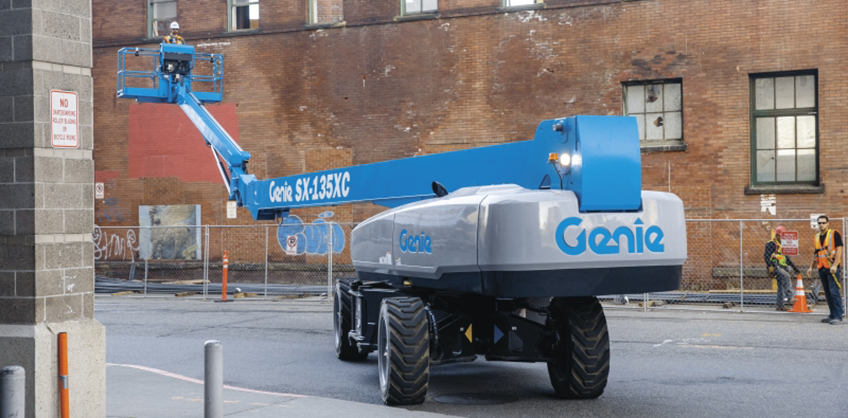Familiarization: What Is It and Why Is It Important
by Scott Owyen - Director of Training On Aug 15, 2019, 03:00 AM
Subscribe To Aerial Pros
Filter by tags
An important aspect of the new ANSI A92.22-2018 and CSA B354.7:17 standards is the requirement that the user (which is most commonly the employer) develop a safe use plan specific to Mobile Elevating Work Platforms (MEWPs). A critical component of a safe use plan is the requirement that trained and authorized MEWP operators be familiarized with the specific MEWP they will be using before operation.
In fact, every MEWP owner, dealer and user is required to train and familiarize, or have proof of training and familiarization, for all of their employees whom they authorize to operate a MEWP.
So, what exactly is familiarization?
Both ANSI and CSA define familiarization as:
“Providing the necessary information regarding the features, functions, devices, limitations and operating characteristics as defined by the manufacturer in the operator's manual, in order to properly utilize a specific model MEWP, to include the location of the manufacturer’s operation manuals.”
Only personnel who have been trained in compliance with the standards and who have received unit-specific familiarization may operate a MEWP.
Why is familiarization so important?
There are many makes and models of MEWPs available to operators today and each one of them may have control systems, operating characteristics and devices that are unique. Each one may be entirely different than the last, and may behave in a dissimilar fashion, or even completely opposite, than the other.
To put it in perspective, let’s say that you take a trip and you rent a car at the airport. You are anxious to get going so you start it up and hit the highway, thinking that all cars are basically the same. You are driving down the highway at a fairly high speed when a storm suddenly hits, the sky goes dark and heavy, and blinding rain comes pouring down. Is that really the time and place to try to figure out where the headlight and windshield wiper controls are located? Of course not.
That’s why it is crucial to the safety of operators, as well as the personnel working in and around the workplace, for them to be completely familiar with the MEWP they are operating before they even begin operations. Familiarization allows the operator to become comfortable with the MEWP in a relaxed, controlled environment before the work even begins.
What does familiarization entail?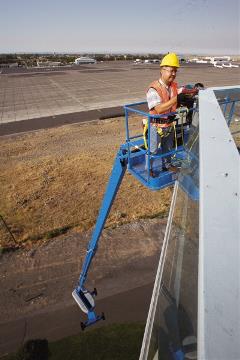
Please remember that an operator must always receive high quality general training, typically in a classroom environment or online, and practical hands-on training on a MEWP by a qualified trainer before being allowed to familiarize on other MEWPs.
Per ANSI and CSA, familiarization involves a series of steps designed to acquaint the operator with a MEWP that they have not previously operated.
Before a user can authorize an operator to use a specific model of MEWP, the user is responsible for ensuring that the operator is familiar with the following:
- The location of the weather-resistant compartment for manual storage;
- Confirmation that the required manuals specified by the manufacturer are stored in the weather-resistant compartment and are complete, legible and in good shape.
- These must be at a minimum the operator’s manual and the ANSI Manual of Responsibilities (MOR);
- The purpose and function of all controls specific to that model of MEWP;
- Features, limitations and devices specific to that model of MEWP;
- Operating characteristics specific to that model of MEWP; and
- Verification that the annual inspection is current and is identified on the MEWP.
The operator should always read the appropriate operator’s manual for the MEWP they will be operating in its entirety, as it contains key safety information that they will need to know. The operator’s manual is considered a permanent part of the MEWP and must remain on the MEWP at all times when not in use by the operator.
It is the user’s responsibility to ensure that, after familiarization, the operator operates the MEWP for a sufficient period of time to achieve proficiency.
Dealers, owners and users are required to keep all records of familiarization for a minimum of four years.
In a rental or provisional situation, when requested by the user, dealers and owners must also offer familiarization to the person designated to receive the MEWP. So it is critical that everyone that operates the MEWP, including delivery drivers, are properly trained on how to provide familiarization.
Unique to the new ANSI and CSA standards
Although the goal of ANSI and CSA was to come more closely in alignment with international standards, there are still some differences that must be taken into consideration.
For example, in the United States, when authorized by the user, trained and qualified operators are allowed to self-familiarize on machines within a classification on which they have already been trained, by reading, understanding and following the appropriate manufacturer’s operator’s manual.
In other words, if an operator has received general training and practical hands-on training on an articulated or telescopic boom, the trainer will sign them off on classification 3B (for detailed information on MEWP classifications, please see the ANSI A92 section of the Genie web site). At that point, if allowed by their employer, they can self-familiarize on other makes and models of booms that they may be required to operate.
However, in order for them to operate a self-propelled vertical lift, such as a scissor lift, they are required to receive practical hands-on training on classification 3A before they can operate or self-familiarize on machines within that classification.
In Canada, operators are not allowed to self-familiarize and are required to receive model-specific familiarization by a qualified person.
As mentioned previously, dealers, owners and users are required to keep all records of familiarization for a minimum of four years. Familiarization records must be dated and retained by the user, and must include the following information:
- The name of the person receiving the familiarization
- The name of the person providing the familiarization
- The MEWP make and model used for familiarization
As you can see, as important as the initial operator training is to the safety of the operator and those working in and around the workplace, being properly familiarized on the MEWP being used is equally important.
If you have any questions regarding familiarization or any other aspect of the ANSI A92 or CSA B354 standards, please contact me at AWP.Training@terex.com.
Related Posts
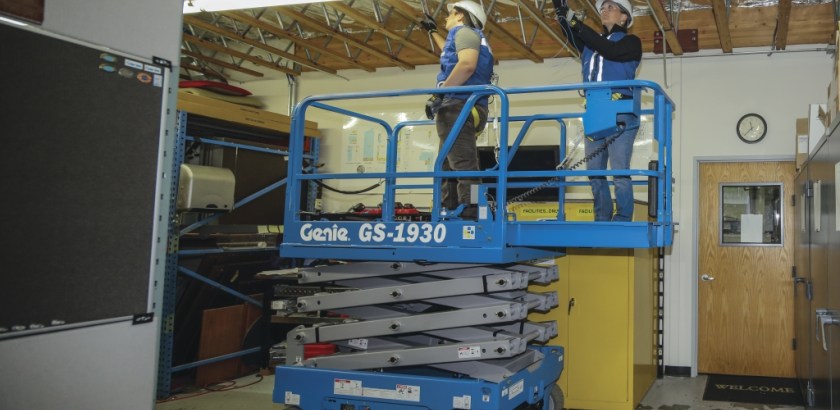
OSHA National Safety Stand-Down 2018: What is the difference between “familiarization” and “general training?”
One of the most frequently asked questions we get in the training department at Genie is “what is the different between ‘familiarization’ and ‘general training’ for aerial work platforms?”
Continue Reading
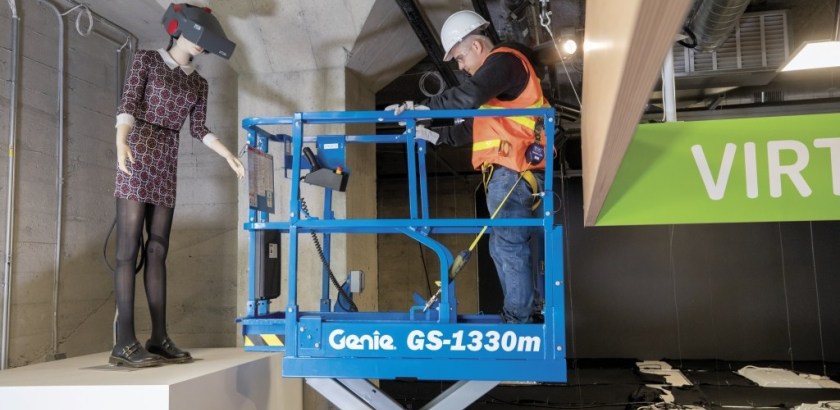
What Constitutes Proper MEWP Training?
One of the biggest challenges facing our industry today is how to increase awareness about why safety training is so important.
Continue Reading
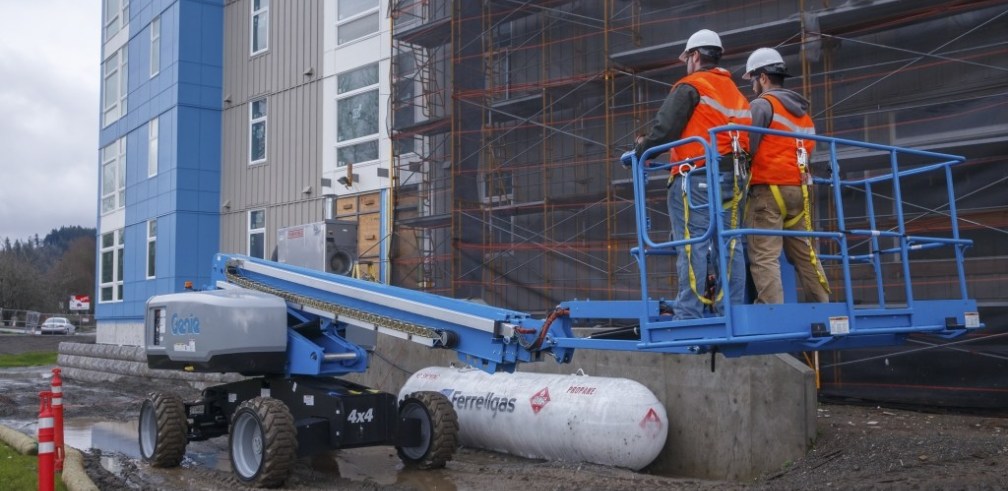
What you need to Know About Aerial Work Platform Training
Safety is always a priority on every work site.
Continue Reading


